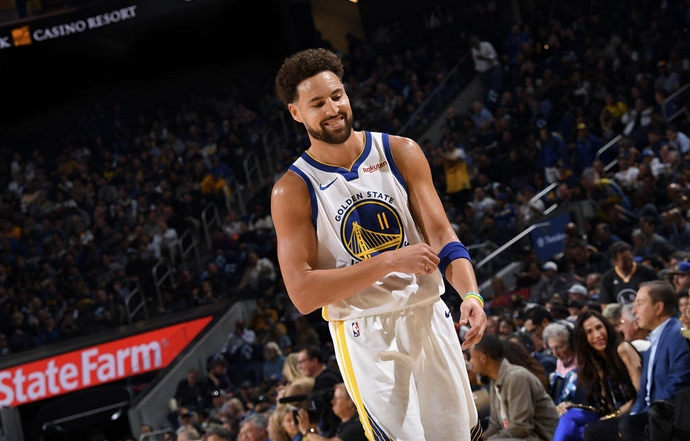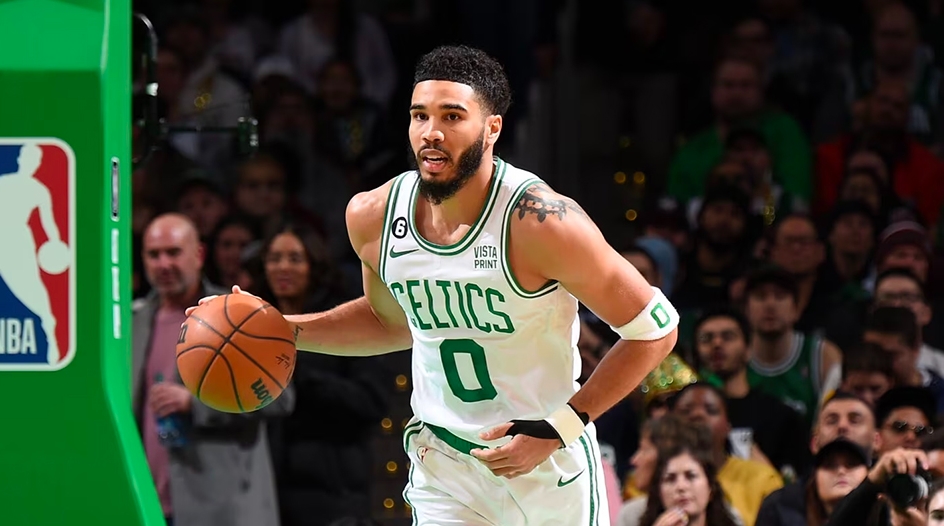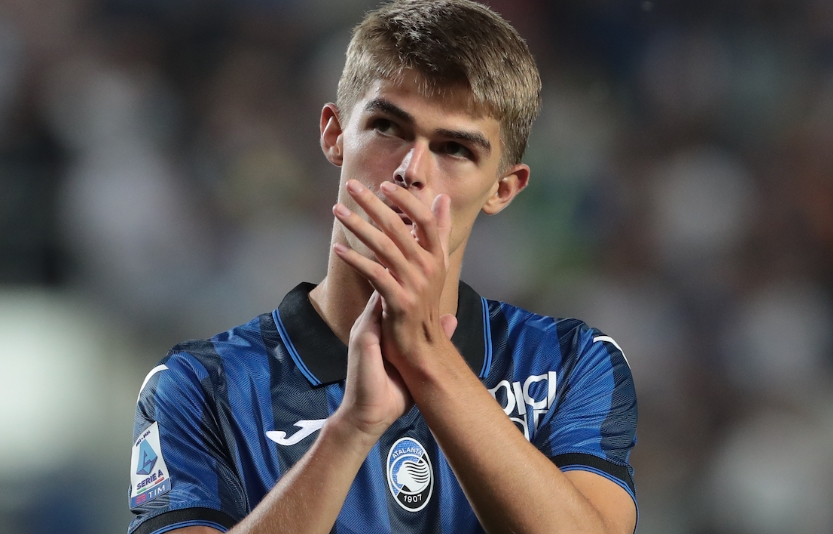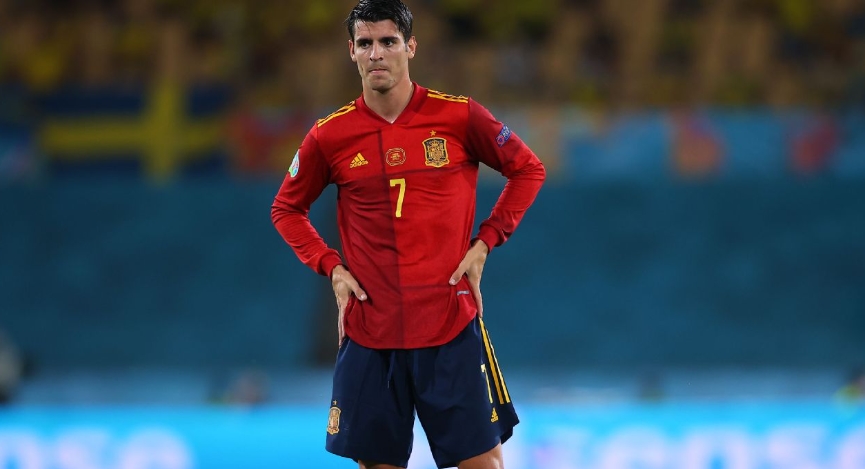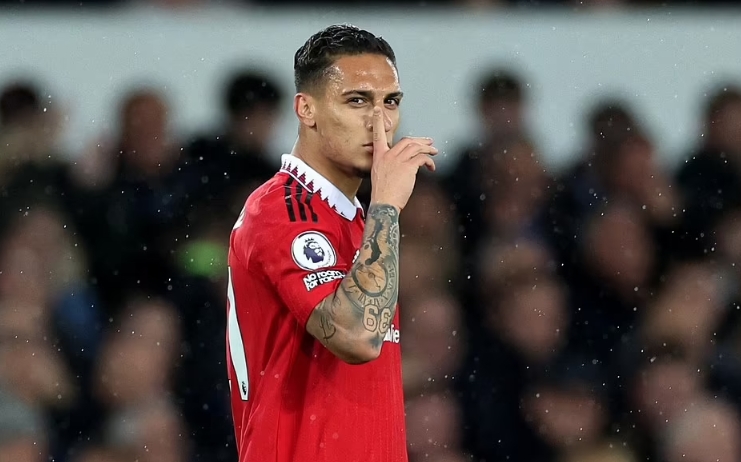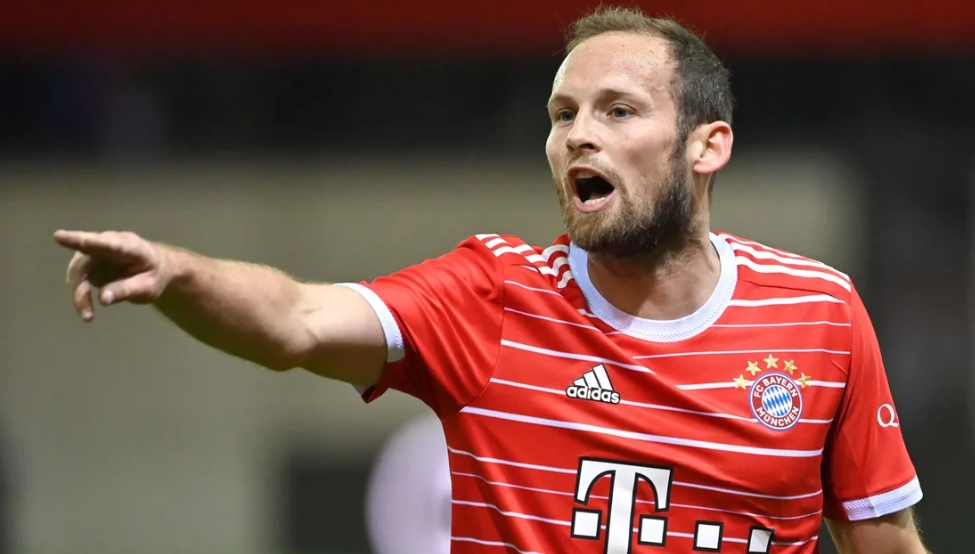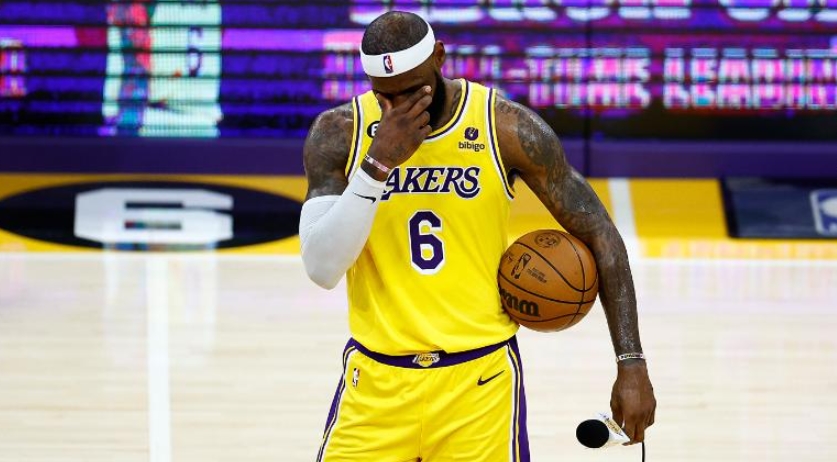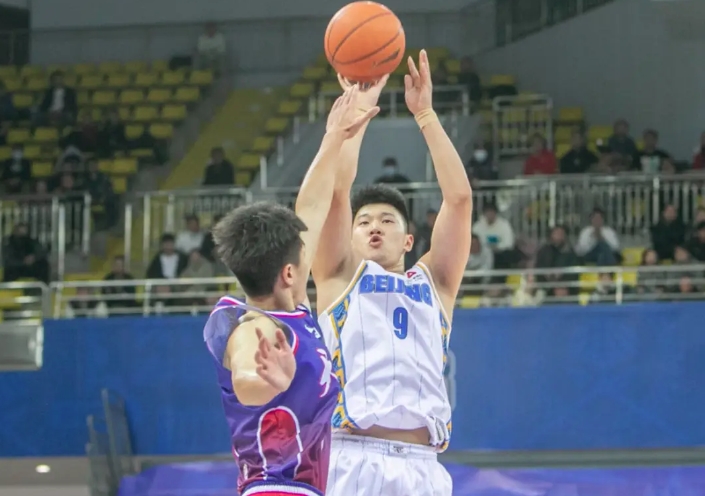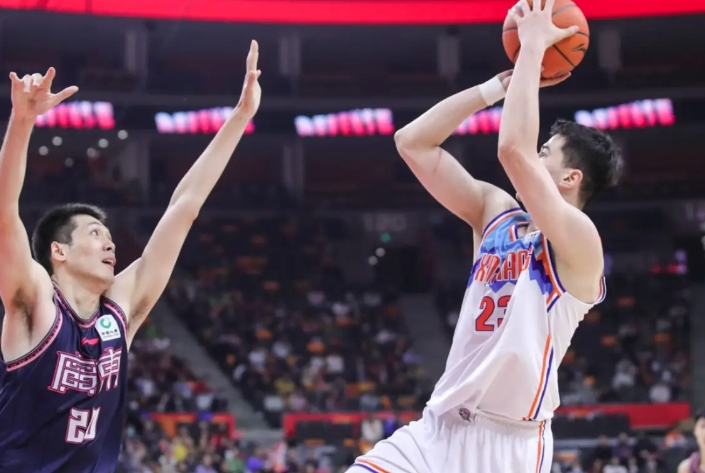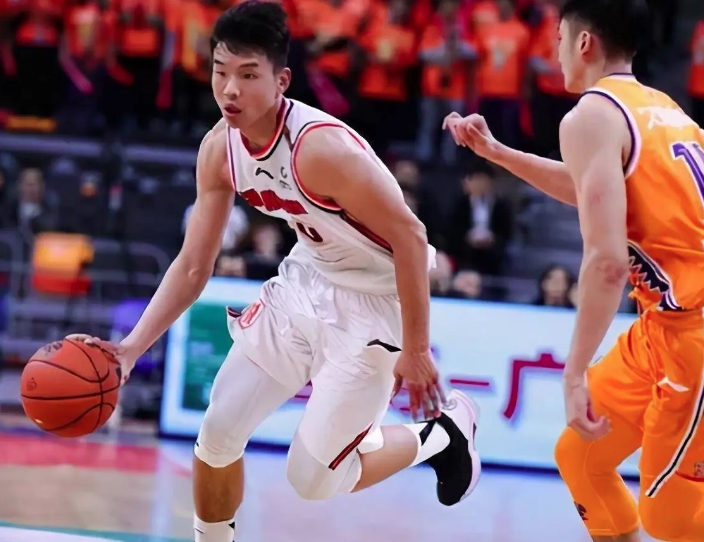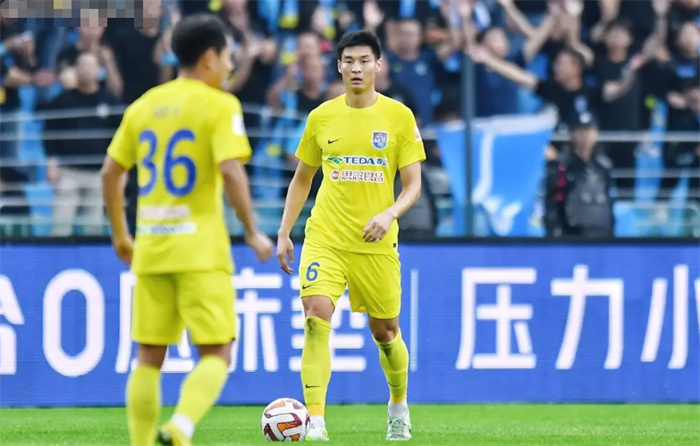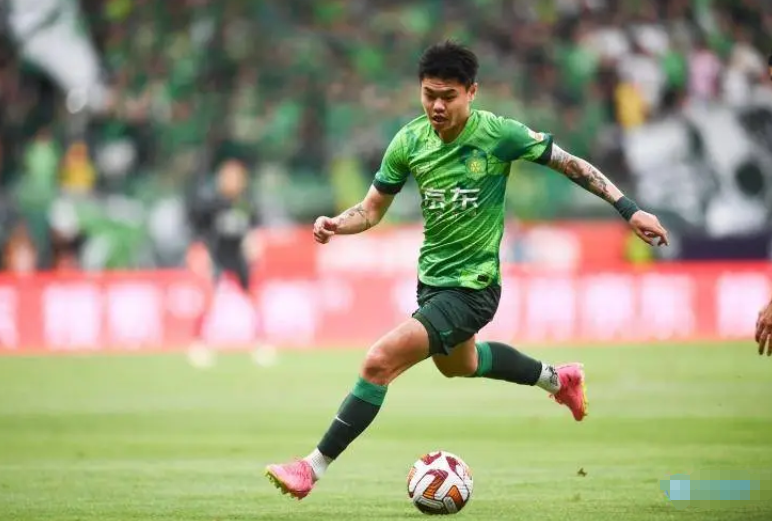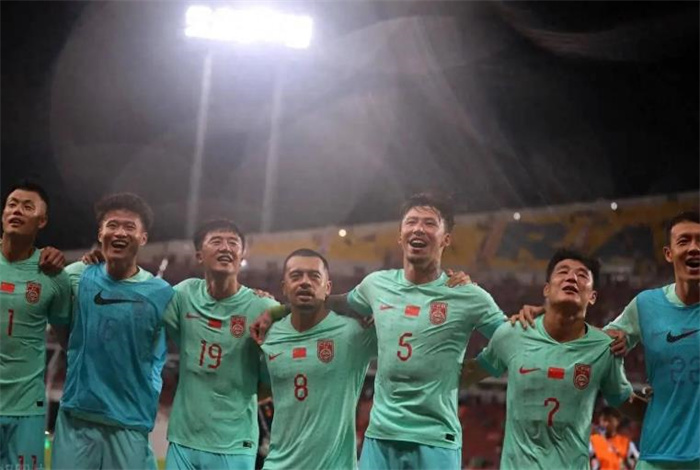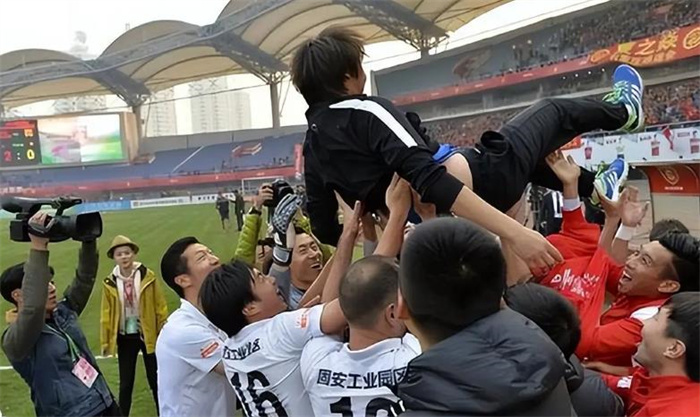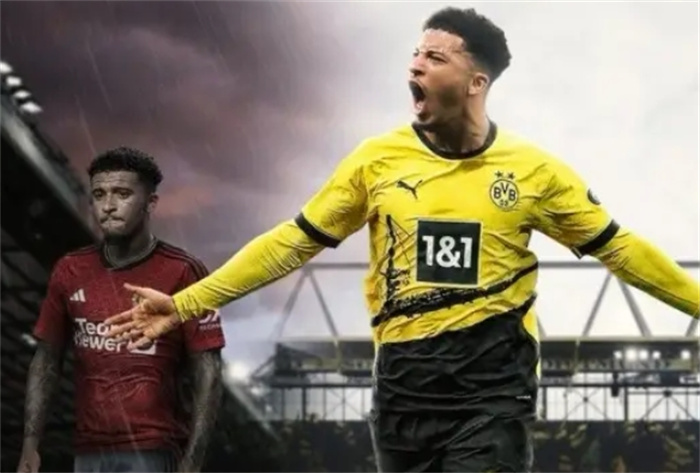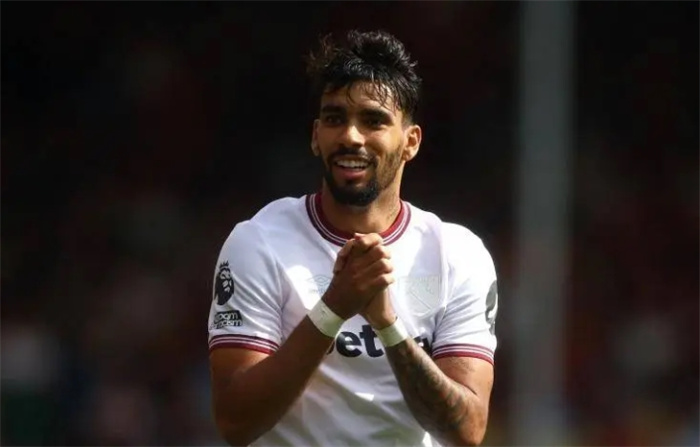这是一篇来自西班牙《马卡报》专栏作者Thore Haugstad的解读,本着让读者享受最原汁原味的内容,作者在编译这篇稿件时,本着中立的态度,无任何倾向,尽量照顾了作者的写作方式,希望大家喜欢。------李林(译)
After their humbling by PSG, Thore Haugstadexplains why the Catalans have become a different team under their current boss
在他们输给圣日耳曼队后,Thore Haugstad解释为什么在现任的老板带领下巴塞罗那队已经成为另一只球队
On Wednesday morning, as the Spanish press hammered Barcelona after the 4-0 debacle in Paris, Catalan newspaper Sport declared that ‘This is not Barça’.
星期三早上,当他们在巴黎0-4溃败之后,西班牙的媒体炮轰巴塞罗那队。 巴萨的报纸 Sport 宣称“ 这不是巴塞罗那队”
The headline could be interpreted in several ways. The heavy nature of the defeat was certainly uncharacteristic for such a merited side, but even more so was the nature of it: the way Barça had lost control of midfield, stuttered on the ball, cracked under pressure. They didn’t use to lose like this.
这标题可以有几种方式解读。 这次溃败不是一支辉煌的球队该有的战绩, 但是,也是它的本质:巴塞罗那失去中场的控制,磕磕碰碰的传球, 在高位逼抢下的糟糕表现。 他们曾经不会败得如此凄惨。
A few days earlier, Lluis Mascaró had written in the same paper that “Barça are not what they were”. The conclusion was the same: the style based on 99% possession and trillions of passes had been watered down by Luis Enrique, while the reliance on individuals had grown. Gone was their intricate passing, their midfield dominance, their sense of identity. Barça, Mascaró wrote, had become “just another team”.
几天前路易斯马斯卡罗曾写道“ 巴塞罗那不再是那支巴塞罗那”。 结论还是一样: 基于99% 的控球和无数的传球的风格已经被路易斯恩里克彻底抛弃,随之而来的是对个体球员的依赖。消失的是他们精细的传球, 他们的中场控制, 他们的身份认同。 “巴塞罗那队”马斯卡罗写道,“已经变成了另外一只球队”。
His argument wasn't unfounded. In the first year under Luis Enrique, Barça tweaked their style so that the ball was moved faster to Lionel Messi, Neymar and Luis Suárez. They became more direct, stronger at counter-attacks and more reliant on their forwards. But the system was also far simpler, and the midfield was practically bypassed.
他的说法不是毫无根据。 在路易斯恩里克领导的第一年, 为了让球在梅西, 内马尔和路易斯·苏亚雷斯 之间传得更快巴塞罗那队调整了他们的战术。 他们在反攻上更加直接, 更加强壮并且也更加依赖他们的前锋。 但是这个体系也更简单, 中场完全被忽视了。
It worked well for 18 months, but now opponents have figured out that they can cut off the supply line to the forwards by pressing high. Barça no longer have a system in place which moves the ball through midfield; what was once their speciality has all but vanished, and it may well cost Luis Enrique his job.
这个战术在一年半中都很好用, 但是现在对手已经发现他们可以通过高位逼抢切断给前锋的传球。巴塞罗那队不再有一个中场传球的体系, 那曾经是他们擅长的特点现在已经消失, 路易斯恩里克可能也会因为丢掉饭碗。
Losing control
失去控球
The contrasts are certainly stark to the passing machine Guardiola built from 2008 to 2012, and which was then maintained by Tito Vilanova. There was more control and the central midfielders had greater influence. As part of the 4-3-3, they dropped deep to get the ball, while the full-backs pushed up and the wingers moved inside to support lone striker Messi. The ultimate purpose was to set up Messi in the final third. “It’s my job to get you there, the rest is up to you,” Guardiola said.
由瓜迪奥拉2008-2012建立继而由蒂托保持下去的传球体系与现在的对比是如此强烈。以前有更多的控球, 中前卫的影响更大。 作为433队形的一部分, 他们后场拿球, 边后卫快速反击, 边锋切入支持前锋梅西。最终的目的是让梅西到进攻区。 瓜迪奥拉说“我的任务是把你送到前场, 剩下的就交给你了”。
This was reflected in the passing figures. In their title-winning season under Vilanova, in 2012/13, the seven Barça players with the most passes per 90 minutes in La Liga were all central midfielders. The highest averages were hit by Xavi (118.2), Thiago Alcantara (111.9) and Andrés Iniesta (96.3). After those seven came full-backs Dani Alves and Jordi Alba.
这些都反映在传球数据上。 在比拉诺瓦带领下的12/13的冠军赛季,西甲联赛中7位90分钟传球最多的巴塞罗那队队员, 最高纪录是哈维( 118.2),蒂亚戈 (111.9)和伊涅斯塔 (96.3),之后是后卫 丹妮 阿尔维斯和乔迪 阿尔巴。
That's all changed under Luis Enrique. Barça now keep the ball longer in defence, then find the forwards directly. Messi and Neymar drop deeper to create attacks, while the midfielders move higher and wider and see less of the ball.、
在路易斯 恩里克的领导下这些都改变了, 在防守时他们会持球更长时间, 找机会急攻,但是前卫会动得更高 更宽, 更少拿到球。
Such factors have led to a general loss of control. Barça have gone from a possession average of 65.3% in Luis Enrique’s first season to 62.9% in the second and 61.9% in the third. It has also meant that, out of their top 10 passers in La Liga this season, seven are defenders. Busquets, in particular, is used less: he averaged 93.3 passes per 90 minutes under Vilanova, but has gone from 80.1 to 75 to 72.7 under the current regime.
这些因素都导致了控球的失去。 巴塞罗那队的控球从路易斯恩里克的第一个赛季的平均65.3% 到第二个赛季的平均 62.9% 再到第三个赛季的 61.9%。 这页意味着在西甲联赛中的最好10个传球手中7个是后卫。 尤其是布斯克茨被用得更少: 在比拉诺瓦的时候, 他90分钟平均93.3个传球, 但是在现在的教练下从80.1个跌落到75 再到72.7个。
The Busquets case
布斯克茨案例
A case study puts the differences into relief. In January 2013, Barça beat Espanyol 4-0 at home; in December 2016, they won the same game 4-1. Both were dominant displays in which the underlying dynamics of their system were on display.
布斯克茨的案例研究让这些不同更加明显。 2013年1月, 巴塞罗那队以4-0 在主场战胜了西班牙人队, 在2016年他们同样的比赛也取得了胜利。 两只队伍表现出的, 他们体系中的动态也随之展现再人们眼前。
Since the matter in question is the way in which Barça build attacks, it makes sense to analyse the distribution of the defenders. The full-backs have always passed regularly to the wingers, but under Vilanova they also played more passes to the central midfielders.
因为巴塞罗那队组织进攻的方式受到质疑, 我们可以分析一下防守的分配。 后卫总是传球给边锋,但是在比纳诺瓦的时候, 他们更多传给中前卫。
The same applied to Gerard Piqué, the primary ball-playing centre-back. Facing Espanyol in 2013, his most frequent pass combinations were to Dani Alves (15 passes), Busquets (9), then Xavi and Thiago (7). These were progressive solutions; only six of his 71 deliveries went sideways to Carles Puyol.
赫拉得皮克这位主力中后卫也是。 在2013年和西班牙人对抗时候, 他最常见的传球组合是给丹妮阿尔维斯,( 15个传球), 布斯克茨(9个)哈维和蒂亚戈(7个) 这些都是渐进的解决方案, 他的71个传球中只有6个是给了卡尔斯普约尔。
However, in 2016, the majority of his 72 passes went to Javier Mascherano (24), right-back Sergi Roberto (12) and André ter Stegen (11). Next came Suárez (9). Only fifth on the list do we find a midfielder, Iniesta, who received the ball five times.
但是在2016年, 大多数他的72个传球都给了贾维尔马切纳诺(24个)右后卫赛吉尔罗伯托(12个)和 特尔斯特跟(11个), 然后是苏亚雷斯(9个)。 排在第五位的我们才发现了一位前卫, 因涅斯塔, 只接待赫拉皮克的传球五次。
And yet the most startling case is that of Busquets, who received the ball 93 times fewer in 2016 than in 2013 (even if he played 15 minutes fewer in 2016).
最让人惊讶的例子还是布斯克茨, 他2016年的接球比2013年少了93次,( 尽管他在2013年比16年少上场13分钟)
Pressed intro trouble
Busquets is particularly important here, because he has always been so crucial to the way in which Barça play their way out from the back. As opponents press, he drops deep to shake off opposition midfielders or play penetrative first-touch passes between the lines to the forwards. It was he who took care of the transition from defence to attack; the fact he now sees less of the ball denotes that this link has been broken.
布斯克茨在这里非常重要, 他是巴塞罗那队从后场推进的关键。 当对方球队逼近, 他深入后场甩掉对方的前卫, 或者是配合前锋球员之间的传球。 他负责从防守到进攻的转变, 但是现在他很少见到球说明这样的连接已经打破。
This, in turn, means the centre-backs have fewer options – which again means Barça have greater difficulty handling teams who press high. Before PSG, Barça lost at Celta Vigo (4-3), Manchester City (3-1) and Athletic Club (2-1), while they were also lucky to take points at Sevilla (2-1) and Real Sociedad (1-1). All these teams closed down well, knowing Barça would struggle to move the ball out from the back.
这就意味着中后卫有更少的选择-, 也代表着巴塞罗那队处理对方高位逼抢的时候更加困难。 在圣日耳曼队之前, 巴塞罗那还输给了皇家维戈塞尔塔 ( 4-3 )曼城( 3-1)阿雅克肖( 2-1 。 他们幸运的在纳夫特(2-1)和托雷拉维加(1-1)上拿到得分。 这些球队也会很快知道巴塞罗那队在把球从后场传出中挣扎。
When they then lost 4-0 to PSG, similar faults reemerged: again Piqué resorted to simple passes, while Busquets hardly got the ball.
当他们4-0输给圣日耳曼队时,相似的错误又出现了,皮克短传配合, 布斯克茨很难拿到球。
This has surely contributed heavily to their decline under Luis Enrique. The disintegration of their system has long been masked by the brilliance of Messi, Neymar and Suárez, but they have never seemed in such need for new ideas. There are other factors at play too – ageing legs, poor recruitment – but a more refined way of building attacks will surely be a priority when the current season is to be assessed.
这就是他们在路易斯恩里克带领下没落的原因。 他们整个体系的瓦解在梅西, 内马尔,苏塔雷斯的出色表现下被掩盖起来了。 还有一些其他因素—年老的球员, 糟糕的招募新球员, 但是目前当下赛季最要紧的是建立一个更精细的进攻体系。

 十大足球直播推荐
十大足球直播推荐